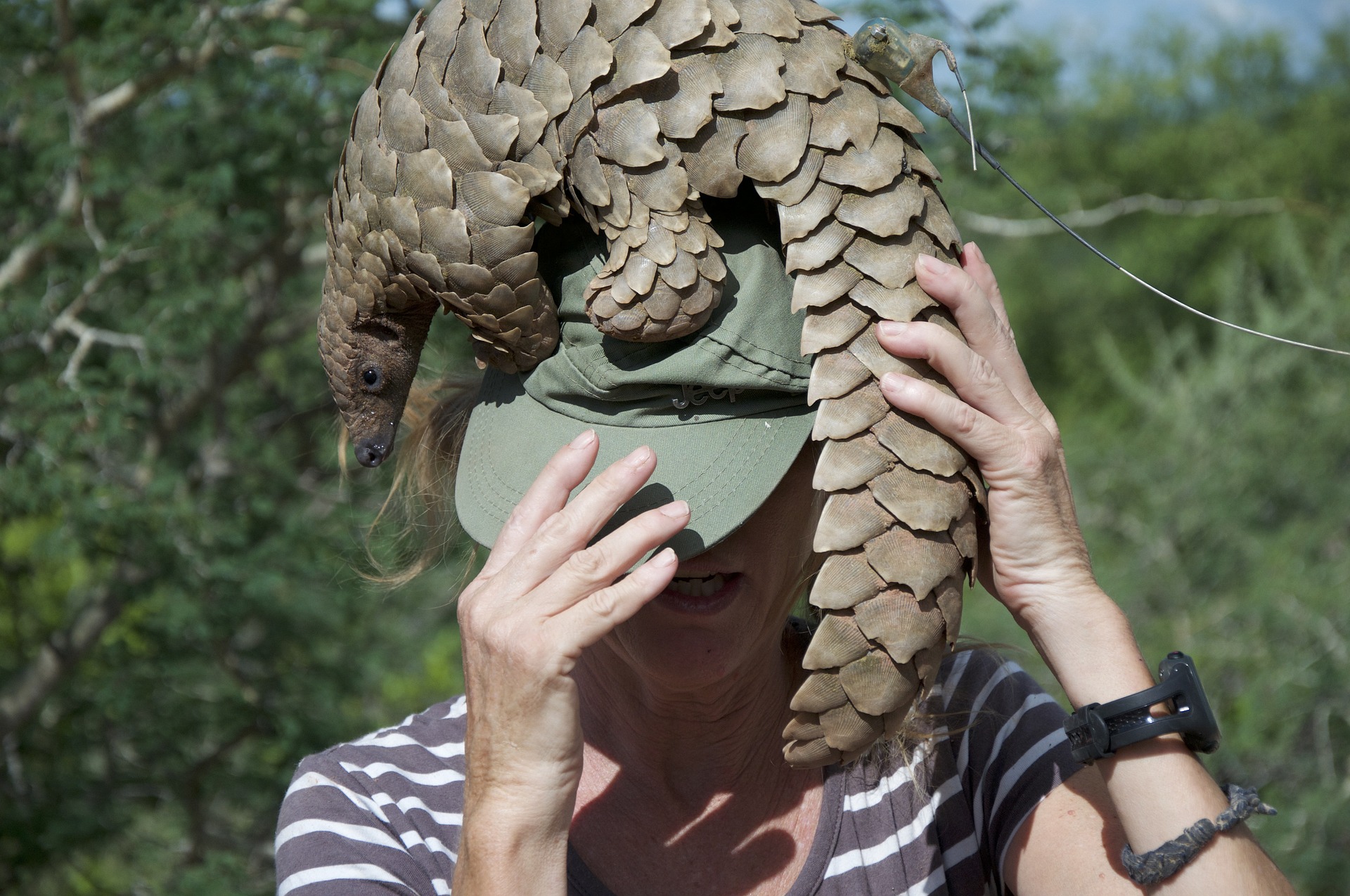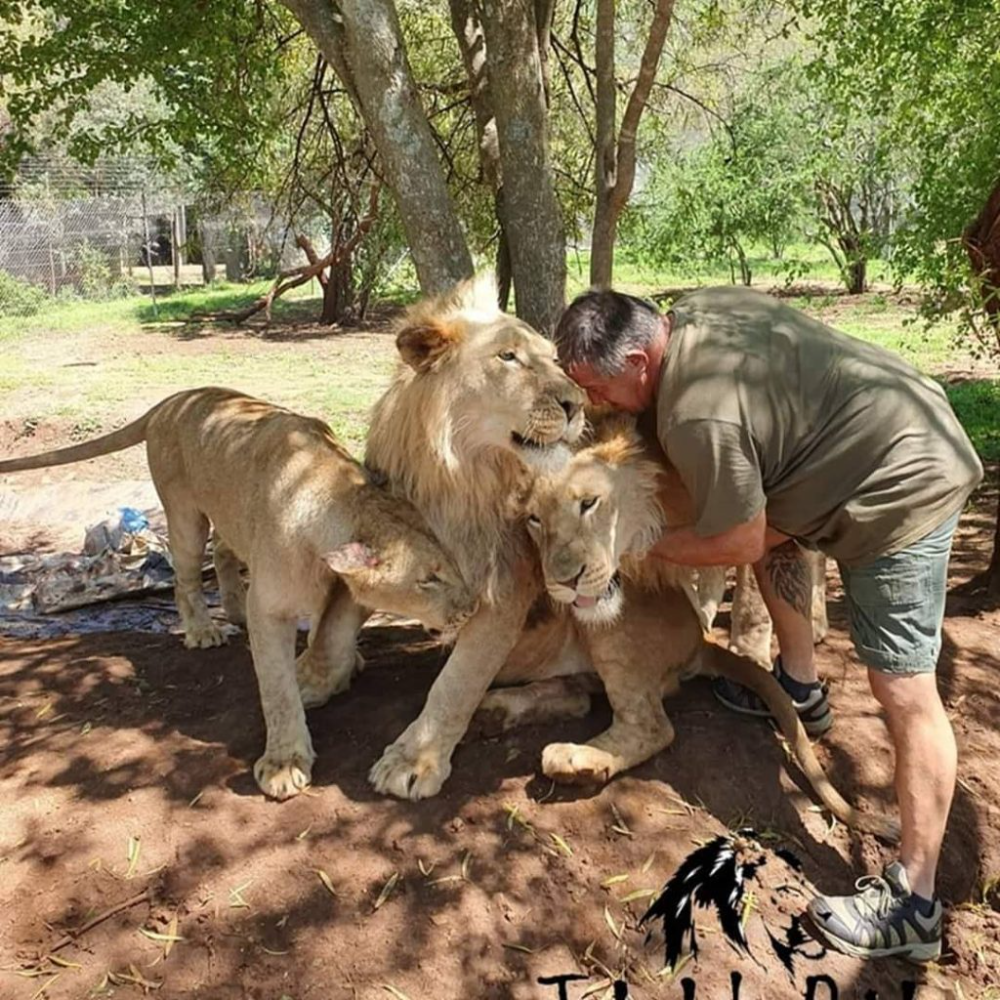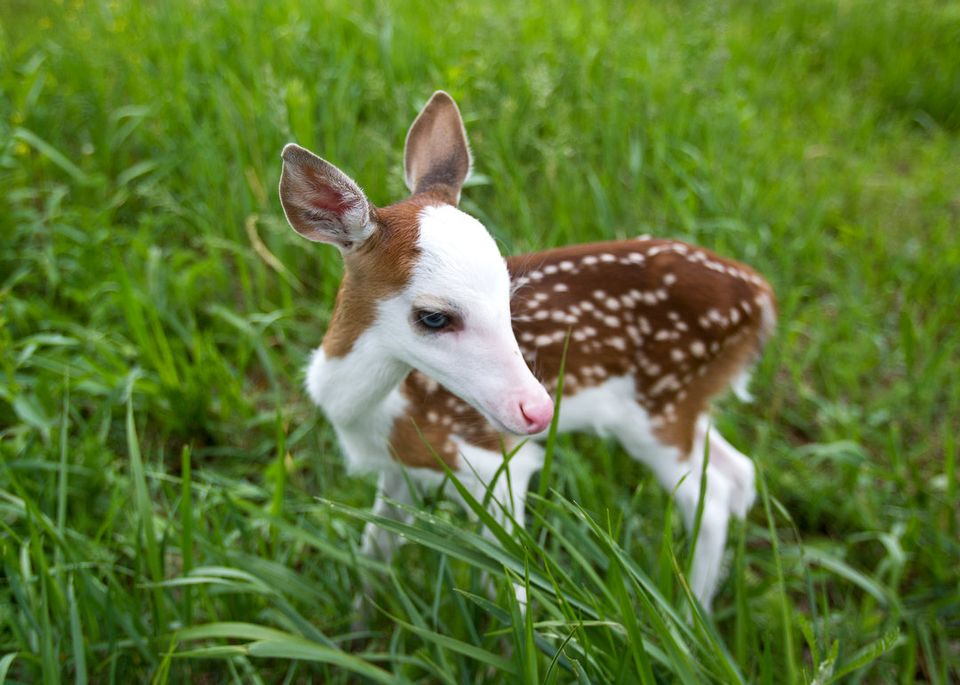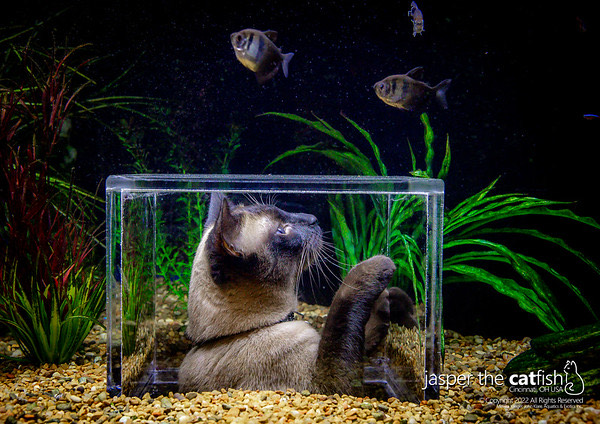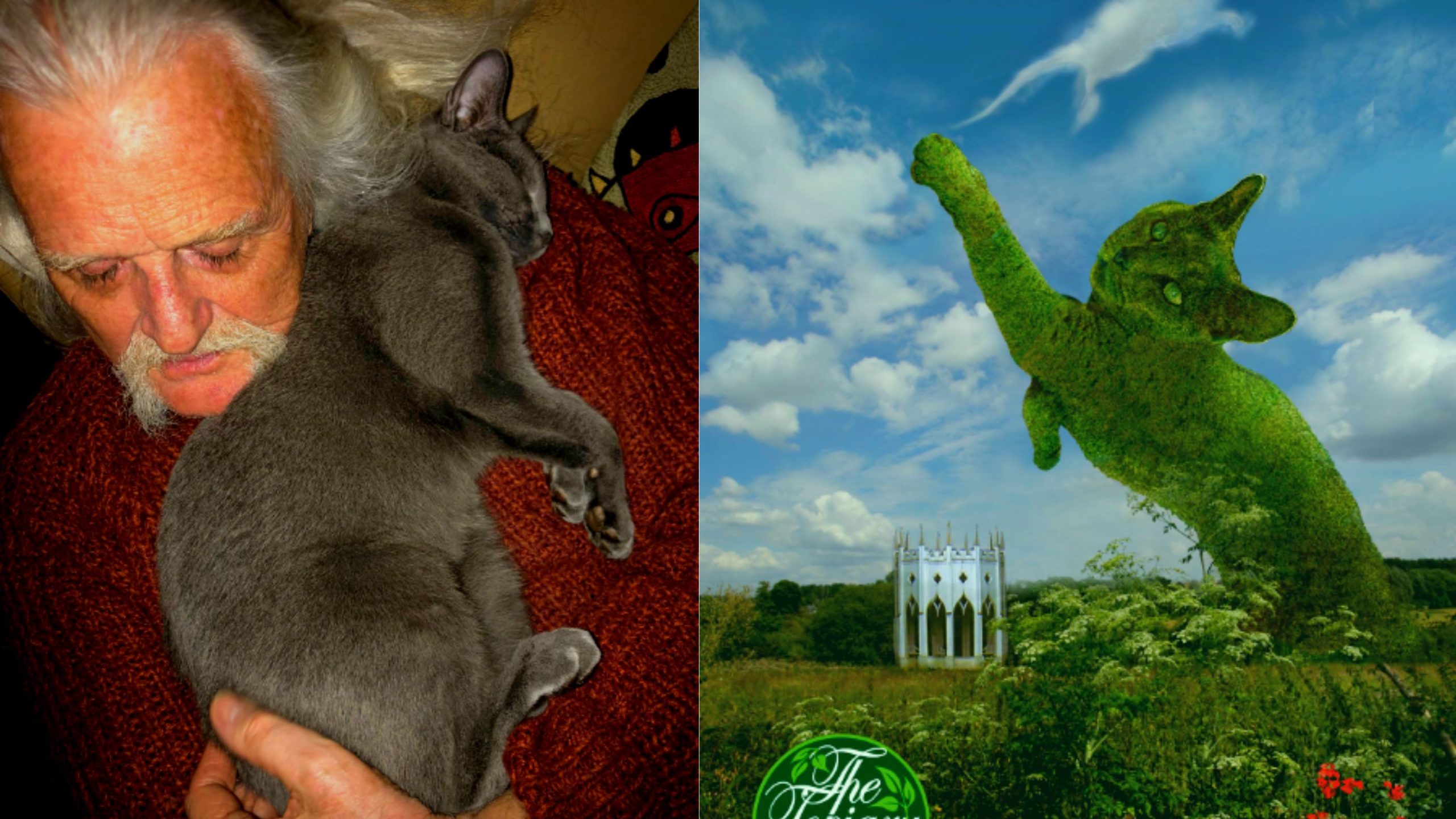Introduction
Endangered animals are species that are at risk of extinction. Many of these animals are important for the ecological balance of their habitats, and their loss could have severe consequences for both the environment and human life. In this article, we will explore the causes of endangered animals, their impact on the ecosystem, and what can be done to protect them.

Causes of Endangered Animals
There are many causes of endangered animals, including human activities such as habitat destruction, hunting, and pollution. Habitat loss is one of the primary causes of endangered animals. As human populations grow, natural habitats are destroyed to make room for housing, agriculture, and other infrastructure. This leads to the fragmentation of ecosystems, which makes it difficult for animals to move around and find food and mates.
Hunting is another significant cause of endangered animals. Many animals are hunted for their meat, fur, or other valuable parts. In some cases, hunting is done for sport, which can lead to the overhunting of certain species.
READ MORE: Love and bonding between animals
Pollution is also a significant threat to endangered animals. Chemicals, plastics, and other pollutants can have a devastating impact on animals and their habitats. For example, oil spills can kill marine animals and destroy their habitats, while air pollution can harm the respiratory systems of animals.

Impact on the Ecosystem
Endangered animals play an important role in the ecosystem. They are often keystone species, meaning that they have a disproportionate impact on the balance of their habitats. When an endangered species disappears, it can cause a chain reaction of ecological effects. For example, if a predator species goes extinct, its prey population may increase, which can then lead to overgrazing and the destruction of vegetation.
In addition to their ecological importance, endangered animals also have cultural and economic value. Many animals are important to indigenous cultures, and their loss can have a significant impact on these communities. Furthermore, ecotourism is a significant source of revenue in many countries, and endangered animals are often a major draw for tourists.

What Can Be Done to Protect Endangered Animals?
Protecting endangered animals requires a multi-faceted approach that addresses the root causes of their endangerment. Some of the most effective strategies include:
Habitat conservation: Protecting natural habitats is critical for the survival of endangered animals. This can be done through initiatives like land conservation, restoration, and management.
Law enforcement: Laws and regulations that protect endangered animals must be enforced. This includes laws that regulate hunting, trade, and habitat destruction.
Education and awareness: Educating the public about the importance of endangered animals and the threats they face can help generate support for conservation efforts.
Research and monitoring: Scientists must study endangered animals to better understand their habitats, behaviors, and population dynamics. This information can be used to develop effective conservation strategies.
Captive breeding and reintroduction: Captive breeding programs can be used to increase the population of endangered animals. Reintroduction programs can then release these animals back into the wild.
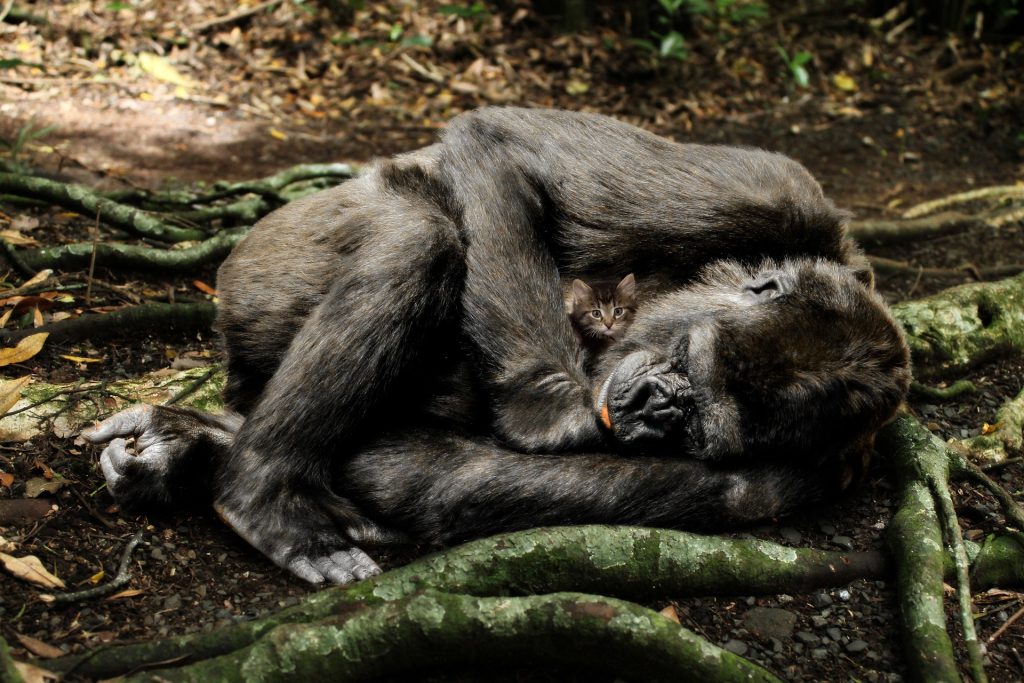

Amur Leopard
The Amur leopard is one of the rarest big cats in the world, with only an estimated 84 individuals left in the wild. This critically endangered species is found in the Russian Far East and Northeast China. The main threats to the Amur leopard are habitat loss, poaching, and human-wildlife conflict.
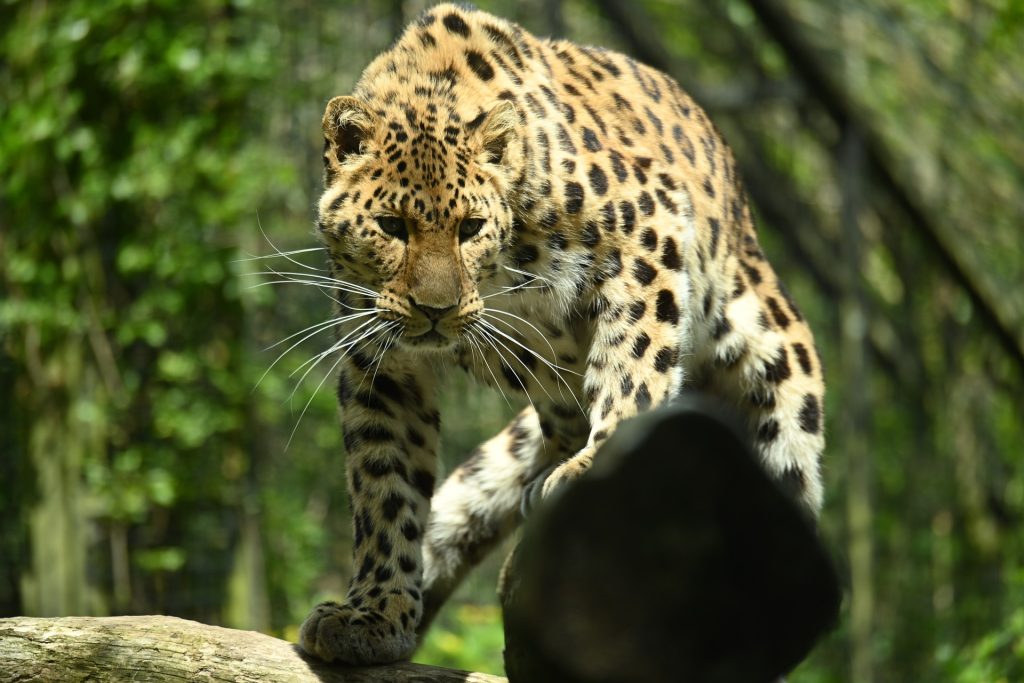
Vaquita
The vaquita is a small porpoise that is found only in the Gulf of California, Mexico. It is the most endangered marine mammal in the world, with only about 10 individuals left. The vaquita is threatened by accidental entanglement in fishing nets, which is known as bycatch.
Sumatran Elephant
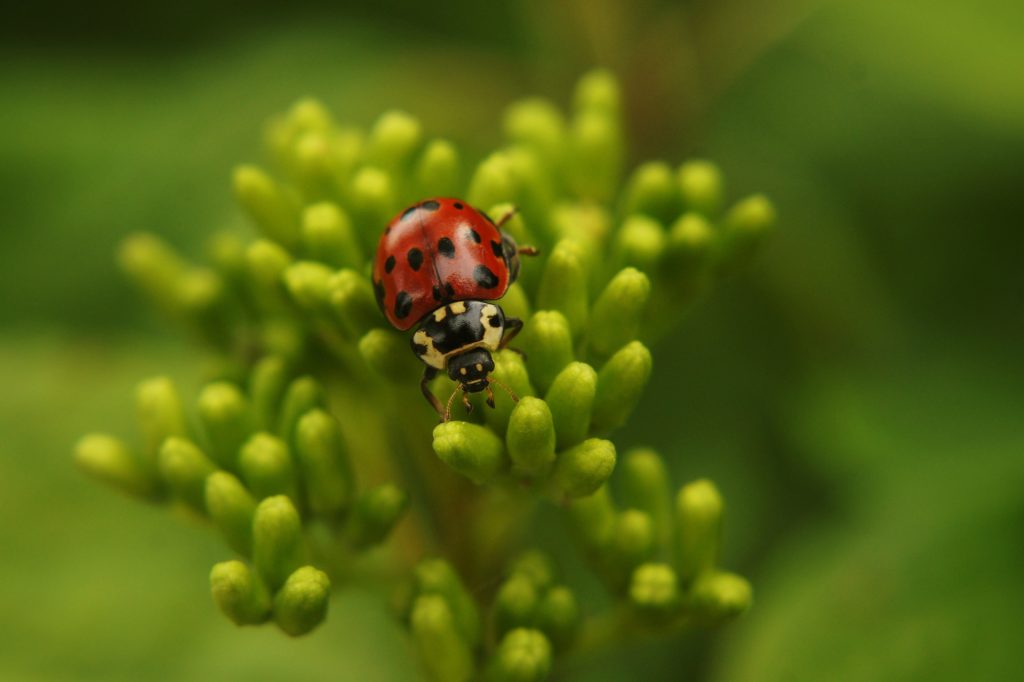
The Sumatran elephant is a critically endangered species, with only about 2,400 individuals left in the wild. This elephant species is found on the Indonesian island of Sumatra, and the main threats to their survival are habitat loss and fragmentation, poaching, and human-elephant conflict.

Black Rhino
The black rhinoceros is a critically endangered species that is found in eastern and southern Africa. There are only around 5,500 black rhinos left in the wild. The main threats to their survival are poaching for their horns, habitat loss, and civil unrest.
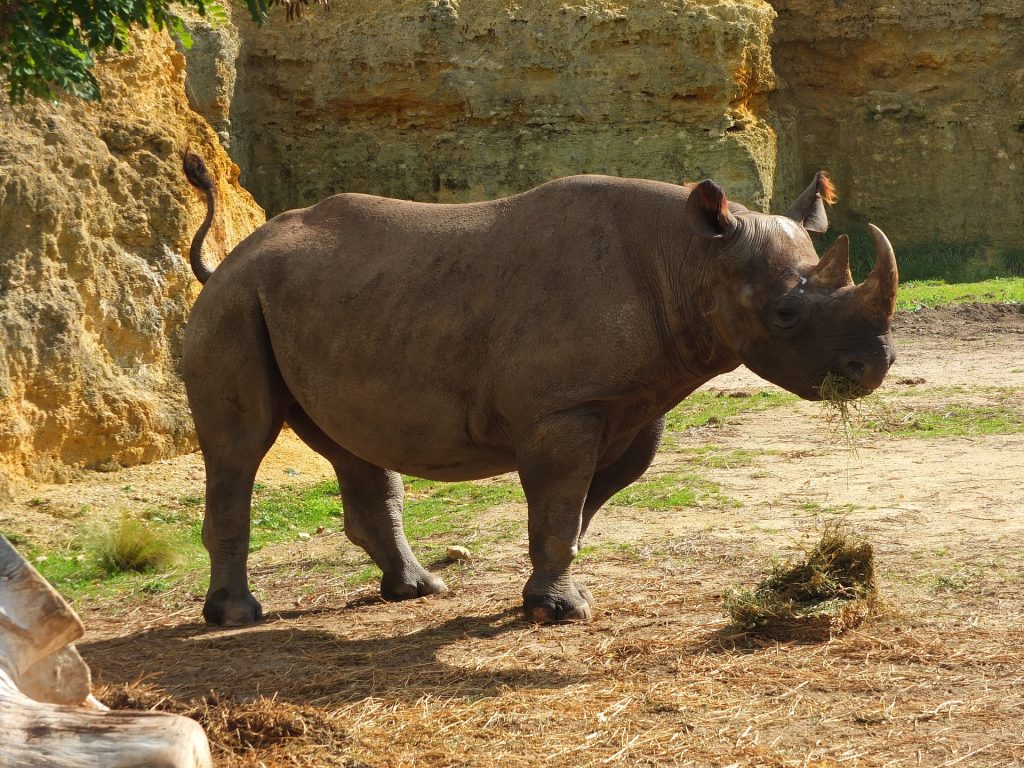
Pangolin
The pangolin is a scaly anteater that is found in Asia and Africa. All eight species of pangolin are threatened with extinction, with some species being critically endangered. The main threats to pangolins are poaching for their meat and scales, which are used in traditional Chinese medicine, and habitat loss due to deforestation and illegal logging.
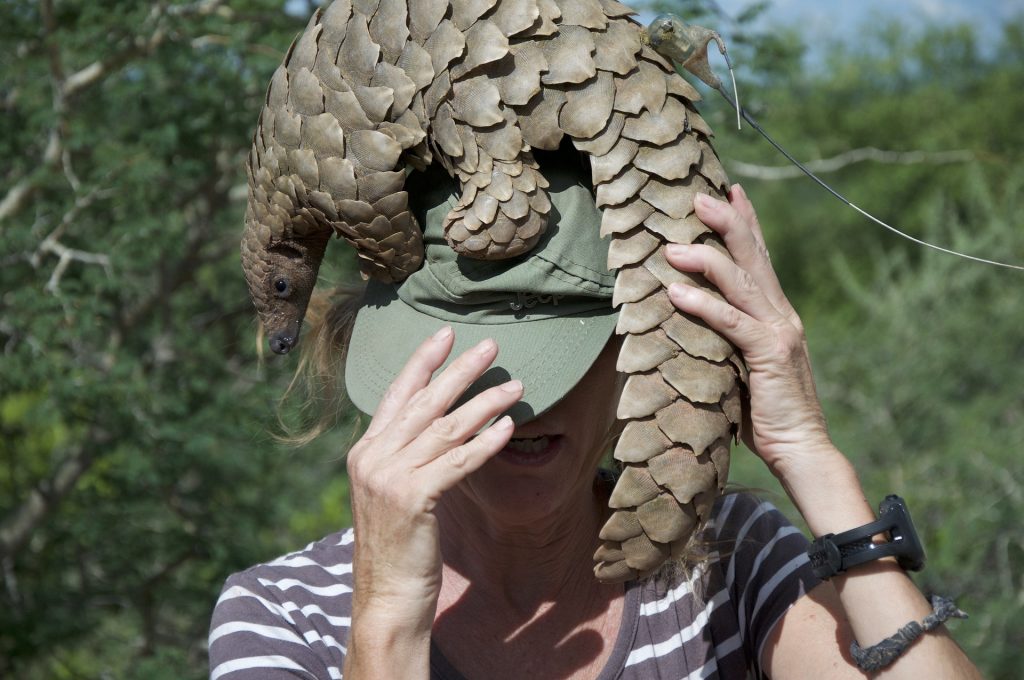
Conclusion
Endangered animals are a critical issue that affects the entire planet. The causes of their endangerment are complex, but solutions exist. By protecting natural habitats, enforcing laws and regulations, educating the public, conducting research, and implementing captive breeding and reintroduction programs, we can help prevent the extinction of endangered animals. It is up to all of us to take action and protect these valuable and irreplaceable species.

